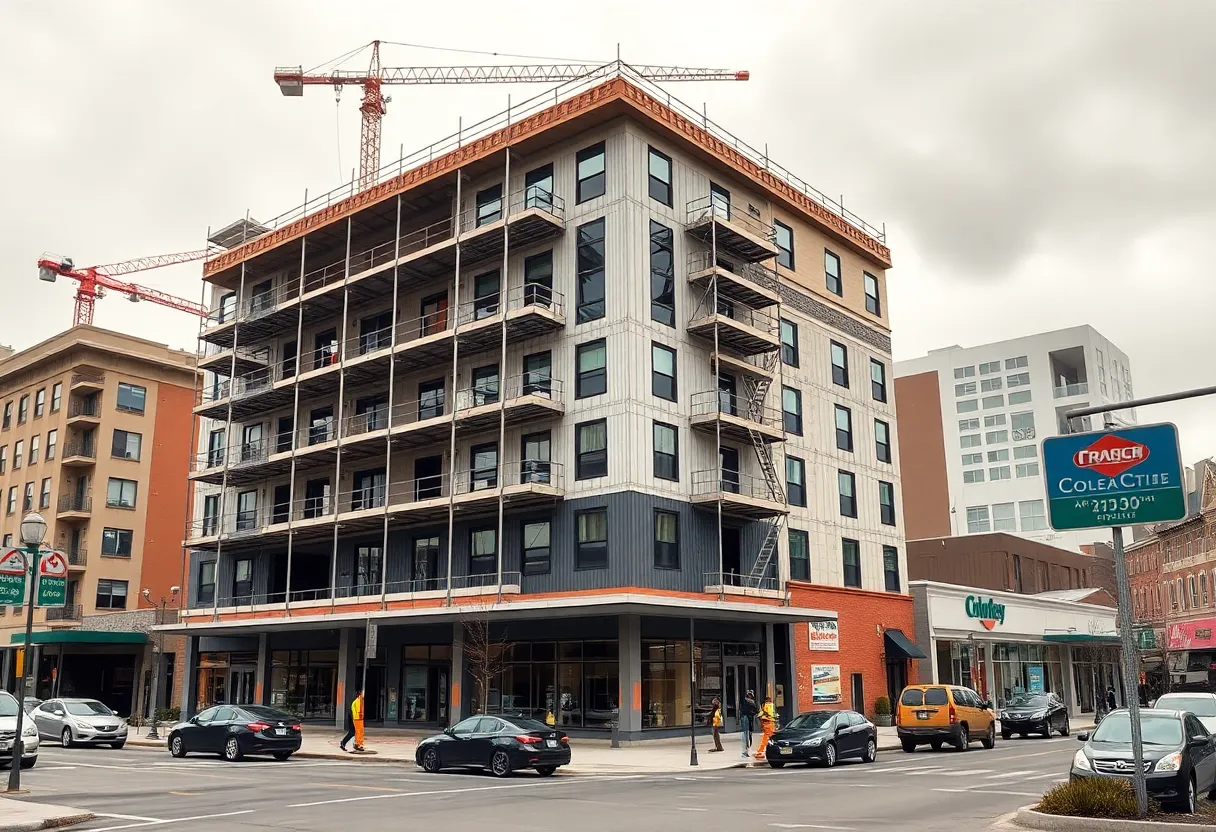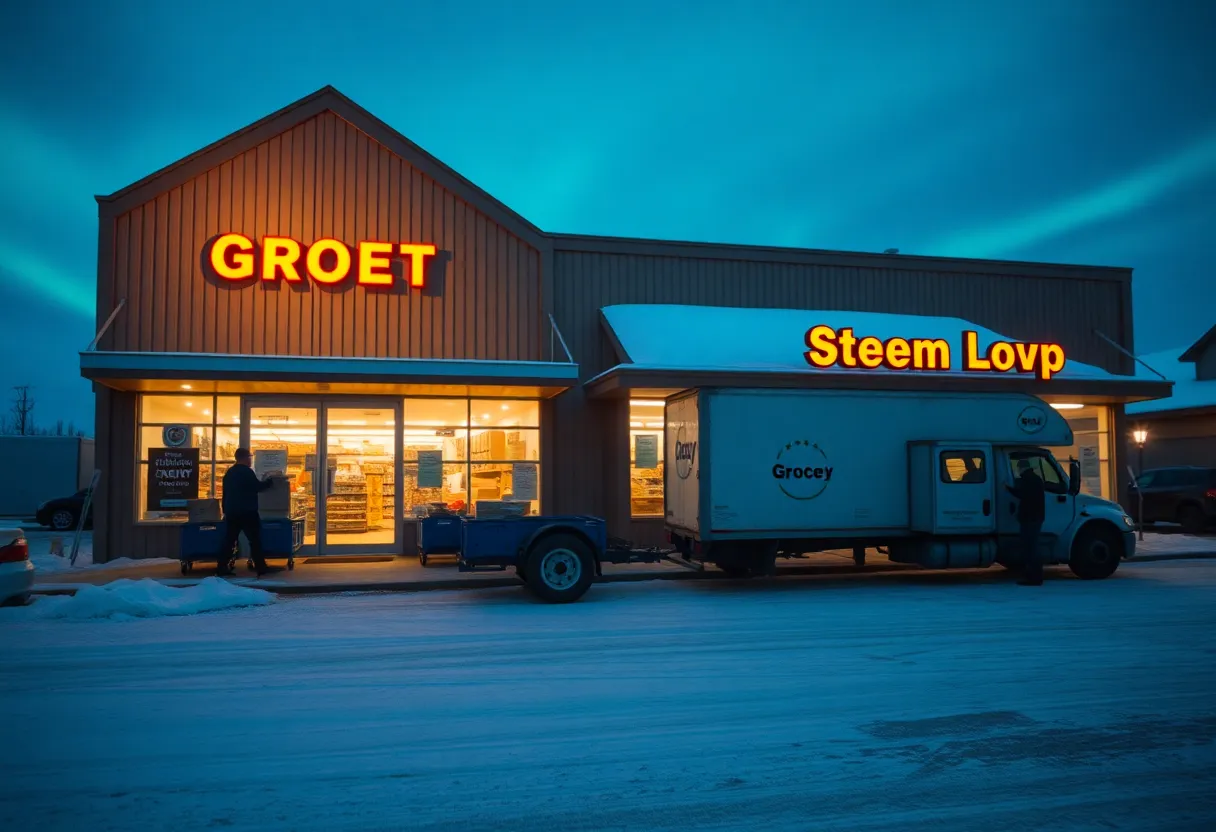Global, September 4, 2025
News Summary
The polyisocyanurate insulation market is projected to grow significantly, from USD 15.6 billion to USD 24.3 billion. Key growth drivers include increasing construction activities, stringent energy regulations, and a focus on sustainability. Innovations in PIR insulation are enhancing its appeal across various sectors, including construction and automotive. Despite challenges like high costs and competition from alternative materials, the market remains optimistic due to continuous advancements in technology and product development.
Global Polyisocyanurate Insulation Market Expected to Reach USD 24.3 Billion by 2035
The polyisocyanurate (PIR) insulation market is valued at USD 15.6 billion in 2025 and is projected to grow to USD 24.3 billion by 2035, signaling a decade-long expansion driven by stronger energy-efficiency rules and rising construction activity. Analysts estimate a compound annual growth rate (CAGR) of 4.5% across the period, underscoring a steady, if moderate, pace of demand tied to building codes and sustainability goals.
The main impetus behind the growth is the combination of ongoing construction booms in many regions, tightening energy-performance standards, and a clear focus on reducing carbon footprints in both new builds and retrofits. Across residential, commercial, and industrial sectors, PIR insulation is gaining traction because it delivers superior thermal resistance and important fire-retardant characteristics that align with stricter building codes. This has translated into broadening use, including high-rise commercial projects in the United States and retrofit projects for housing stock in Europe and Asia.
Beyond traditional walls and roofs, the market is increasingly tied to the broader building and construction sector. This sector is projected to rise from USD 11.3 billion in 2025 to USD 19.1 billion by 2035, a growth path that mirrors the demand for better-insulated structures and more efficient construction practices, with a corresponding CAGR of 5.4% for the sector over the same span. PIR insulation is also finding space in other arenas, including the automotive and consumer goods sectors, as electric vehicle adoption and energy-efficient appliances push manufacturers to seek better thermal barriers and lighter, more energy-conscious designs.
Building codes and regulatory trends continue to shape the PIR market. Global and regional codes are mandating minimum thermal performance and enhanced fire safety, which naturally favors PIR products with high thermal resistance and robust fire characteristics. The materials’ ability to contribute to reduced energy use in buildings resonates with sustainability agendas and long-term operating cost reductions for owners and occupants alike.
In terms of performance benchmarks, PIR insulation offers a high R-value and a lambda (thermal conductivity) of up to 0.024 W/m·K, underscoring its efficiency in preventing heat transfer. This combination of thermal performance and fire safety is a key reason PIR remains the preferred choice in many market segments. Environmental regulations are also pushing manufacturers to pursue sustainable production methods, including bio-based polyols and recyclable product lines.
Several industry players are pushing innovations forward. In 2024, Carlisle Construction Materials introduced Polyiso Eco rigid foam, a line that emphasizes bio-circular content to reduce carbon footprints. The convergence of digital technology and manufacturing is accelerating as well, with AI and factory automation becoming essential for improving productivity and quality in PIR manufacturing. Companies such as Kingspan, Owens Corning, and Carlisle Construction Materials are reported to be integrating AI, digital twins, and robotics into their production lines, enhancing process control, waste reduction, and overall efficiency.
Competition in the PIR space reflects a mix of consolidation and nimble specialization. Established multinational producers continue to scale through acquisitions and product innovations, while new entrants and regional manufacturers target niche markets with tailored, eco-friendly solutions and localized supply chains. These dynamics are complemented by ongoing research into greener materials and manufacturing processes that can offer long-term market share advantages.
Among the practical market realities, some challenges loom. High initial costs for PIR systems, volatility in raw material prices, and environmental concerns surrounding isocyanates and polyols can influence purchasing decisions. Installation complexity remains a consideration, particularly in retrofits where space constraints and workmanship quality affect performance. In parallel, competition from alternative insulation materials—such as expanded polystyrene (EPS), spray foams, and natural fibers—could temper the pace of PIR adoption in certain markets. Nonetheless, ongoing innovations aimed at greener and more cost-effective PIR solutions point to continued growth and resilience for manufacturers and users alike.
Industry outlooks also point to broader market dynamics that influence profitability and project pace. For example, the reroofing segment is watching shifting demand patterns as overall construction activity evolves. The Project Contracts Index for Q4 2024 in reroofing remains above 50, signaling sustained expansion, though at a slower tempo than in peak years. Material costs continue to pose challenges, with many contractors reporting price increases on essential roofing products. At the same time, regional demand shows disparities: steady growth in the Southeast and Southwest contrasts with stagnation or declines in the Midwest and Northeast. In this environment, profitability in reroofing hinges on strategic pricing, efficient material sourcing, and adapting to evolving demand and supply conditions.
Looking ahead, the PIR market is expected to maintain momentum as regulatory emphasis on energy efficiency increases and as building owners seek durable, safer, and more sustainable insulation options. The combination of improvements in production efficiency, continued product innovations, and the expansion of eco-friendly materials positions PIR as a key player in both new construction and retrofit markets for the coming decade.
Key drivers, applications, and strategic considerations
Key drivers: rising construction activity, stricter energy-efficiency regulations, sustainability goals, and the push for fire-safe designs. Applications: residential, commercial, industrial sectors, high-rise projects in the U.S., and retrofits in Europe and Asia. Strategic considerations: material costs, regulatory compliance, supply-chain resilience, and adoption of digital manufacturing practices.
Innovation and market structure
Innovations include bio-based polyols, recyclable product lines, and upgraded PIR formulations. Industry players are deploying AI, digital twins, and robotics to improve productivity and quality, with leading names pursuing acquisitions and sustainability programs to broaden market reach.
Overall, as markets seek better energy performance and safer, more sustainable buildings, PIR insulation appears positioned to maintain steady growth through the next decade, supported by policy, market demand, and ongoing improvements in materials science and manufacturing efficiency.
FAQ
What is PIR insulation? PIR, or polyiso insulation, is a high-performance foam insulation known for its strong thermal resistance and fire-retardant properties, making it suitable for walls, roofs, and other building envelope applications.
What is the market outlook for PIR insulation? The market is projected to grow from about USD 15.6 billion in 2025 to around USD 24.3 billion by 2035, with a CAGR near 4.5% as energy regulations tighten and construction activity expands.
What factors are driving demand for PIR insulation? Growth is led by stronger construction activity, stricter energy-efficiency codes, a focus on sustainability, and the need for safer, more durable building materials in residential, commercial, and industrial sectors.
What challenges could limit PIR adoption? High upfront costs, raw material price volatility, environmental concerns around isocyanates and polyols, installation complexity, and competition from alternative insulation materials can influence market growth.
What innovations are shaping the PIR market? Bio-based polyols, recyclable product lines, and digital manufacturing tools such as AI, digital twins, and robotics are driving efficiency and sustainability in PIR production and usage.
Deeper Dive: News & Info About This Topic
Additional Resources
- FMI Blog: Polyisocyanurate Insulation Market
- Roofing Contractor: Reroofing Market Q4 2024
- Bob Vila: Best Insulation for Exterior Walls
- Construction Specifier: Chicago’s Retail Roof Overhaul
- Buildings: SIPLAST Polyiso Insulation
- Wikipedia: Insulation
- Google Search: Polyisocyanurate Insulation
- Google Scholar: Polyisocyanurate Insulation
- Encyclopedia Britannica: Insulation
- Google News: Polyisocyanurate Insulation





